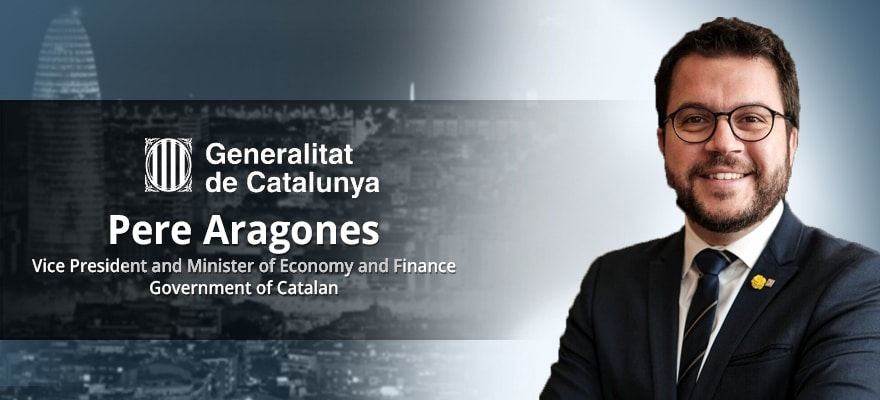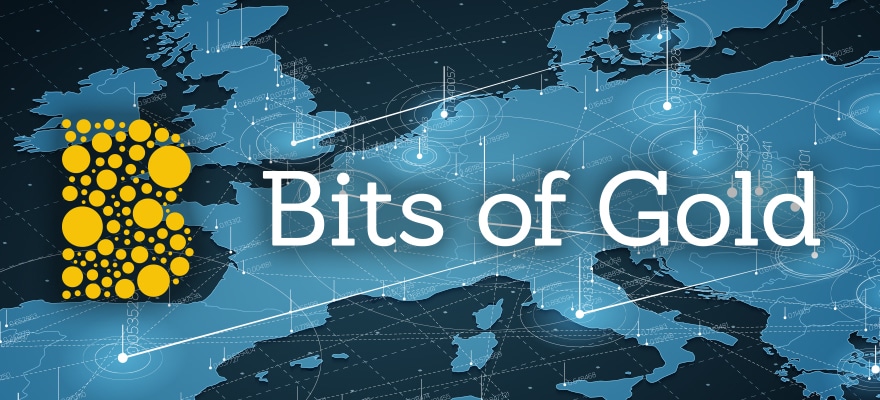On Day 2 of last month's iFX EXPO Asia 2019, some of the biggest names in institutional crypto trading weighed in on the outlook for the upcoming year. Two major trends covered during the Institutional Traders Round Table were the continued growth of tokenized non-spot products and the future of stablecoin.
https://youtu.be/HuWmLadSG7Q
Non-spot instruments see growth
The panel opened with a discussion about bringing OTC derivatives to the Blockchain . Jethro Glover, Head of Asia Business Development for the crypto asset management platform Caspian, said, “We’re adding the OTC side of things to the platform. So, that’s where we also see the growth, in the OTC side.”
Glover pointed to a major decline of interest in exchange diversification. As an example, he explained that Caspian clients are no longer asking for access to dozens of exchanges, and instead have concentrated their efforts on the top 10 offerings.
Stablecoins increase market penetration
The panel was also very positive about the rollout of new stablecoin currencies. The development of these instruments in a wide variety of currencies provides a strong opportunity for trading, fund management, and the creation of investment baskets, although there is still a lot of competition and many of the coins may not survive long-term.
Gary Bernstein, founder and CEO of CoTrader, was particularly optimistic about Dai, which is the first stablecoin compatible with Ethereum smart contracts. “Dai, because it’s on Ethereum, you can program it to do various things. So, I think that has an extra dimension completely than stablecoin that you can’t do that with,” explained Bernstein.
Institutional traders demand new technology
The current platforms are built for retail, and advanced traders need a more sophisticated interface, including built-in institutional grade compliance features, and a blend of OTC and fiat trading. Some other options explored for encouraging institutional engagement included smart escrow for increased Liquidity , market surveillance for greater transparency. Additionally, security issues such as the recent QuadrigaCX disaster have institutional traders stressing the importance of maintaining insurance through custody.
STOs surface as potential ICO alternatives
The panel was pessimistic about the injection of new institutional money into the market, expected investment to be centered around arbitrage for the near future. Although the prior success of ICO offerings confirmed the demand for blockchain funding strategies, the lack of regulation was problematic. Alternatives such as regulated STOs, and dICOs that release funds slowly and allows refunds, were mentioned, but have not yet gained momentum.
Institutional crypto trading remains weak
The panelists agreed that institutional adoption of digital instruments would require market regulation, access to liquidity, and the development of trading platforms which simplify adherence to compliance. The expectation is that 2019 will be quiet for institutional investors, and decentralized exchanges will see a period of aggregation as larger players take over struggling companies.
For in-depth coverage of the outlook for trading in Asia, visit the official iFX EXPO YouTube channel to watch video recaps of all of the iFX EXPO Asia 2019 sessions.
















